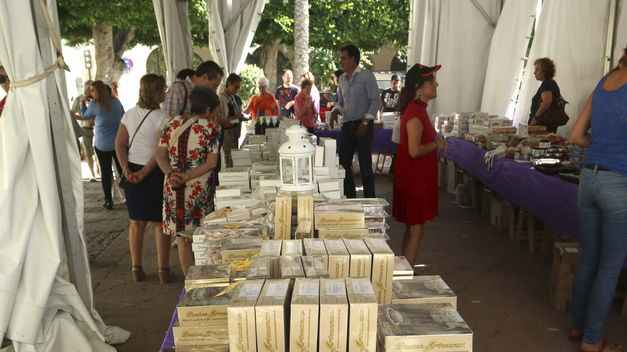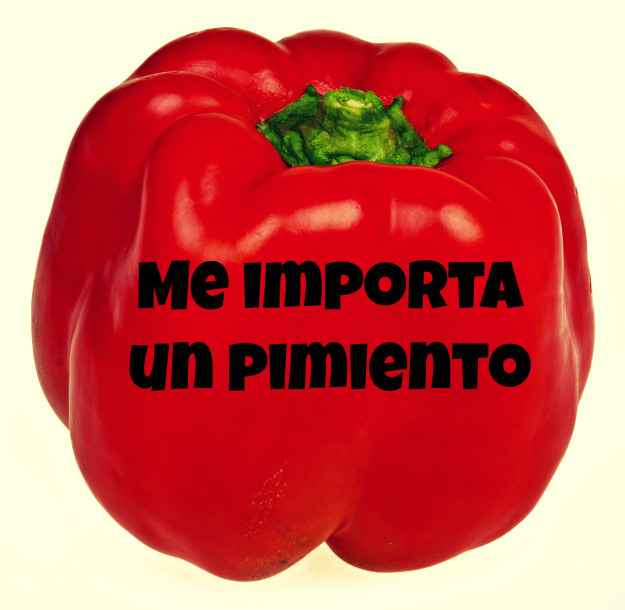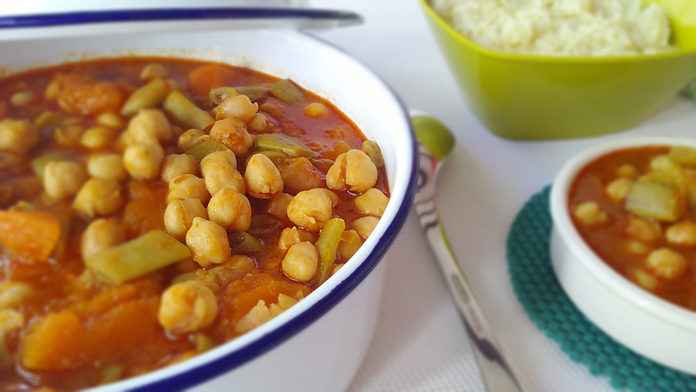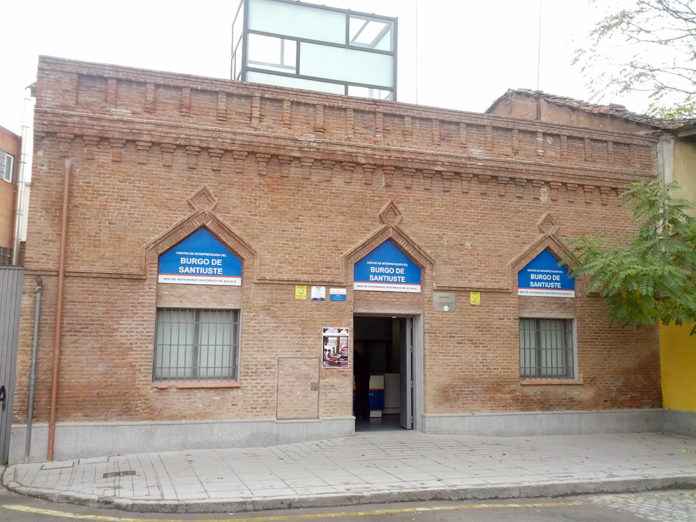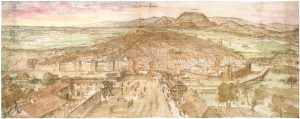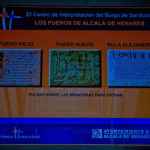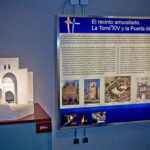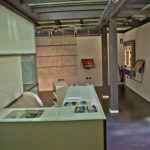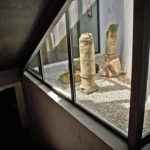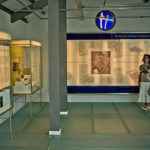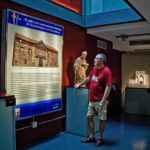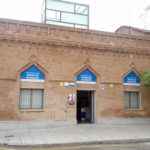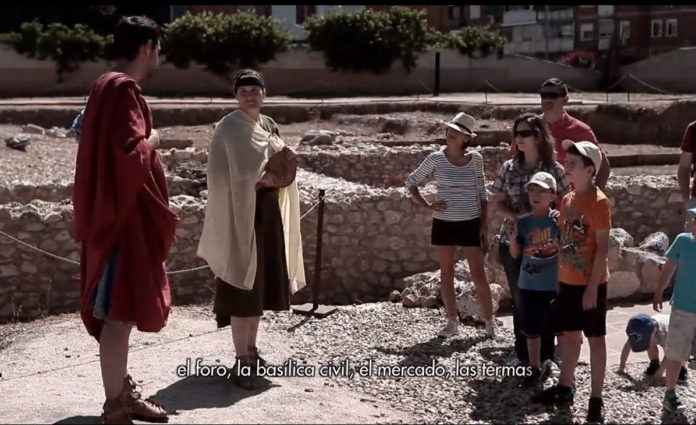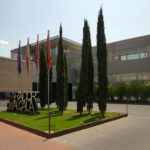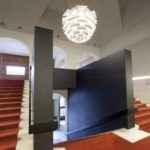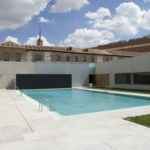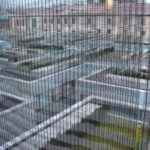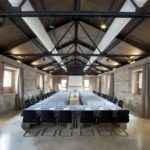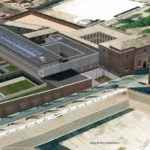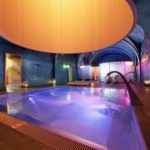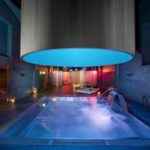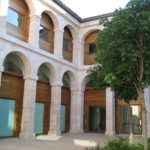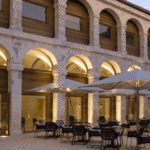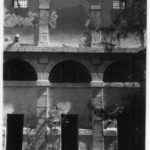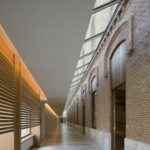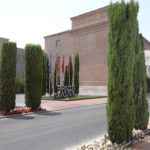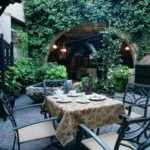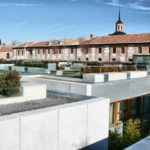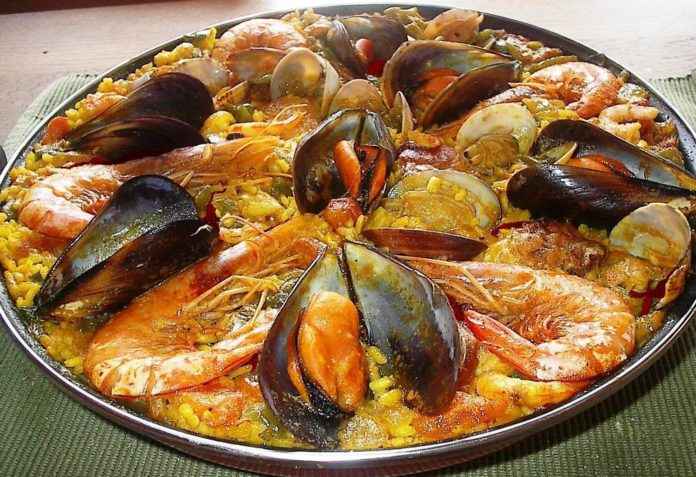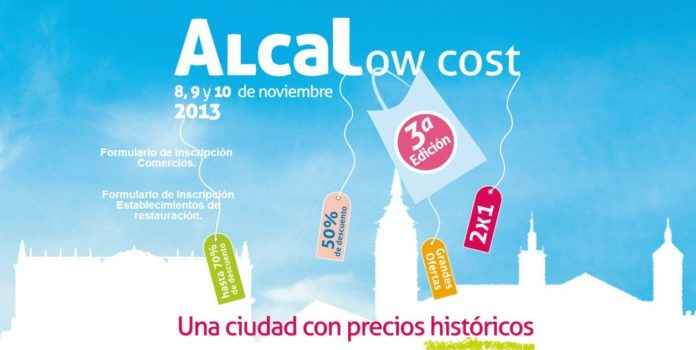Conoce el Parador de Turismo de Alcalá de Henares, uno de los mejores de España. Si quieres comer o dormir en uno de los más espectaculares edificios de Alcalá, no busques más. Descubre los secretos de este edificio.
El Parador de Turismo de Alcalá de Henares se inauguró a finales de 2008 en la calle Colegios, frente a la Hostería del Estudiante y a un paso de la plaza de Cervantes. Ocupa lo que fue el colegio-convento dominico de Santo Tomás de los Ángeles primero y Santo Tomás de Aquino después, y los terrenos de los antiguos colegios adyacentes de los mercedarios y de los caballeros Manriques que en el siglo XIX habían sido demolidos o estaban en ruina.
Todo el terreno, inmenso, en total tiene 30.000 metros cuadrados, y el nuevo complejo ha incluido de forma armoniosa y sin chirridos a las antiguas construcciones, lo que le ha hecho merecedor de varios e importantes premios, y como proyecto de intervención en el patrimonio histórico ha estado expuesto en el famoso MOMA, el Museo de Arte Moderno, de Nueva York.
El colegio de los dominicos
El núcleo del actual Parador es el colegio-convento de dominicos de santo Tomás de Aquino, fundado en Alcalá por el deán de la catedral de Toledo Carlos de Mendoza, que en 1529 compró unas casas en la actual calle del Empecinado y llevó el nombre de santo Tomás de los Ángeles. Más tarde, en 1604 se abrió el colegio, adscrito a la universidad fundada por el cardenal Cisneros, en lo que fue su emplazamiento definitivo en la calle Colegios, en un solar donado por el arzobispo de Toledo García de Loaysa, y adquiriendo su nombre de santo Tomás de Aquino.
Este colegio menor constaba de una iglesia y un claustro lateral, en torno al cual estaban las dependencias de los frailes. La iglesia tiene dos puertas que se conservan, una a la calle colegios, encima de la cual puedes ver una imagen de santo Tomás de Aquino, y la que da a la calle con la que hace esquina y que lleva el nombre del santo, que se ha conservado como ventana, tal como lo fue durante décadas antes de la reciente transformación.
Todo el edificio se levantó con una gran austeridad de líneas y materiales, de ladrillo con un zócalo de piedra, y muy sencillo y sobrio también en su interior. Lo que sobresalía más de esta concepción clasicista era la gran escalera interior, denominada imperial, que unía las dos plantas del colegio con la sacristía de la iglesia. Se ha conservado en su tamaño y en su localización tradicional, revestida de un moderno estilo decorativo, con una lámpara, que es la más grande del mundo en su género, en su bóveda.
La cárcel de El Lute y Juan March
El colegio-convento de santo Tomás de Aquino, al igual que los de la Merced y de los Manriques, sufrió gran deterioro durante la guerra de la Independencia, a principio del siglo XIX, y en los años posteriores los segundos fueron convertidos en cuarteles de Artillería, de la Guardia Real y de Caballería. Después de la desamortización de 1836, el colegio de santo Tomás también se convirtió en cuartel de este último arma, y llegó a albergar unos 100-150 hombres y 231 caballos.
Y como destino definitivo, el colegio se convirtió en cárcel de hombres a partir de 1852, destinada a tener 500 presos pero que llegó a tener el doble. Como cárcel estuvo funcionando hasta 1990, cuando se cerró debido a los desperfectos ocasionados por un incendio, entrando en una decadencia de la que no se ha recuperado hasta veinte años después, con la construcción del Parador.
Como cárcel fue famosa tanto durante la guerra civil, como en los años posteriores, pues en sus celdas estuvieron encerrados banqueros como Juan March, presos comunes tan famosos como El Lute, en los pasados años sesenta, e innumerables presos políticos durante el régimen del general Franco.
La nueva vida del colegio
En julio de 2009, tras grandes trabajos de restauración y nueva construcción, a partir de la iglesia y el colegio-convento de santo Tomás de Aquino, más los terrenos de los colegios de los mercedarios y de los caballeros Manriques, se inauguró el nuevo Parador de Turismo de Alcalá, el segundo más grande de España, tras el de León.
El nuevo parador ocupa un total de 30.000 metros cuadrados, tiene 128 habitaciones, 1.000 metros cuadrados de salas de convenciones y cerca de 9.000 de jardines. Se han mantenido, tal como dictan las normas de respeto al patrimonio histórico, los edificios del colegio que estaban en pie, restaurándolos de la ruina que poco a poco les iba alcanzando, y construyendo otros nuevos destinados a instalación hotelera de primer orden.
Los arquitectos han respetado la altura del muro que rodeaba todo el terreno, de manera que las nuevas edificaciones no se ven a simple vista, pues se han construido por debajo de esa altura y en una planta bajo tierra. Sin embargo, gozan de la luz natural como si se elevasen gracias a una solución imaginativa que consiste en lo que han llamado “el jardín tallado”, es decir, a nivel de la altura de la valla perimetral y sumando una planta más en el subsuelo, se ha planificado un gran jardín sobre el techo de esas habitaciones.
En ese jardín horizontal están distribuidos numerosos patios en forma de cruz que se hunden en su superficie y contienen árboles y plantas, de manera que las habitaciones disfrutan de mucha luz, del verdor y frescor de un jardín interior y de la privacidad más completa que puedan desear los huéspedes.
Las partes nuevas se funden con las antiguas de forma armoniosa, pues unen el cristal y el acero de las primeras con la piedra y el ladrillo de las segundas gracias a un mismo estilo de líneas rectas, austeras y sobrias, de colores que huyen de la estridencia, y usando con profusión la madera en las zonas donde unas y otras se juntan.
Spa en la sacristía
Los nuevos usos de los edificios han hecho que ahora una parte de la nave de la iglesia sea la biblioteca y sala de estar del parador, que a la cafetería se acceda desde la calle por la puerta principal que da a la calle Colegios, con la hornacina que contiene la imagen de santo Tomás sobre ella, o que la sala de cuidados termales, el spa, se ubique en lo que antaño fue la sacristía, y después despachos penitenciarios durante el siglo que fue prisión.
De igual manera, muchas habitaciones son las antiguas celdas carcelarias, ahora irreconocibles en su lujoso aspecto, y el edificio de los talleres penitenciarios en la actualidad acoge los salones de convenciones y congresos.
Más información:
Información de interés:
Accesos
Desde Madrid
- Tren cercanías Líneas C-1, C-2 y C7A.
- Autobús 223 (salidas desde Intercambiador de Avenida de América).
Galería de imágenes:
En vídeo:
Dónde está
Ver mapa más grande



